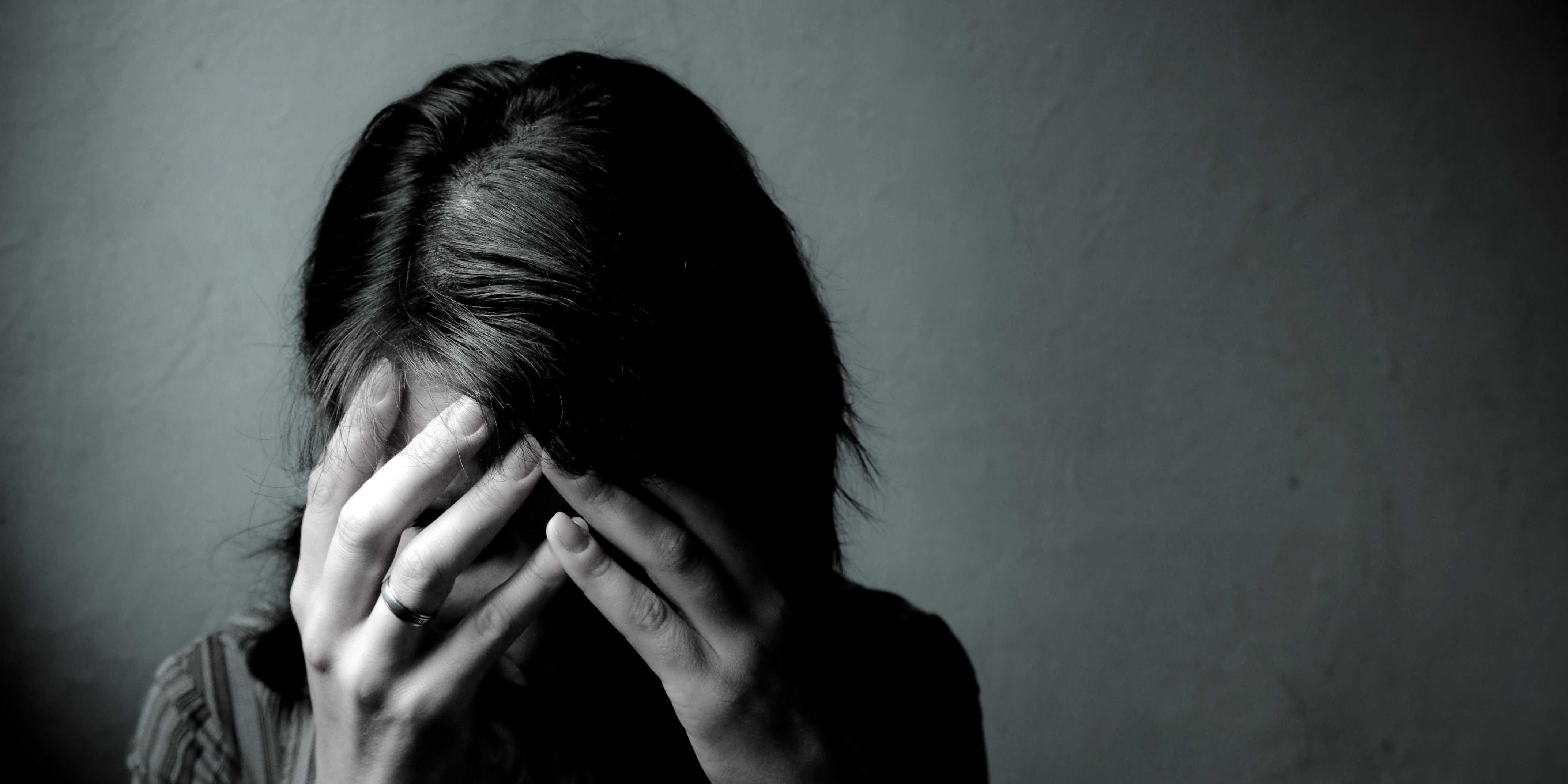
Depression, an Uninvited Guest!
Depression is classified as a mood disorder, and may be described as feelings of sadness, loss, or anger that interfere with a person’s everyday activities. According to the Centers for Disease Control and Prevention (CDC), depression affects one in 10 Americans.
People experience depression in different ways. It can often interfere with your daily work and relationships. Depression can result in lost time at work and lower productivity. It also can influence some chronic health conditions. Arthritis, asthma, cardiovascular disease, cancer, diabetes, and obesity can all worsen with depression.
It is important to realize that feeling down at times is a normal part of life. Sad and distressful events occur in everyone’s life. However, feeling miserable and hopeless on a consistent basis is not normal. Depression should be treated as a serious medical condition.
Left untreated, the condition may last for months or years. It can worsen over time. Yet, those who seek treatment often see improvements in symptoms in just a few weeks.
Types of Depression
Depression has two main categories: clinical depression (also known as major depressive disorder) and dysthymia. Depression ranges in seriousness from mild to temporary episodes of sadness to severe, ongoing depression. Knowing which type of depression you have can help your doctor determine the best course of treatment.
Clinical Depression
Clinical depression is regarded as the most severe form of depression. It is characterized by persistent feelings of sadness, hopelessness, and worthlessness that do not go away on their own. For a diagnosis of clinical depression you must meet five or more of the following symptoms over a two-week period.
- feeling depressed most of the day
- loss of interest in most regular activities
- significant weight loss or gain
- sleeping too much or not being able to sleep
- slowed thinking or movement
- fatigue or low energy most days
- feelings of worthlessness or guilt
- loss of concentration or indecisiveness
- recurring thoughts of death or suicide
Dysthymia
Dysthymia is a mild, but chronic, form of depression. Symptoms often last for at least two years. Dysthymia can affect your life more than clinical depression because it lasts for a longer period. You may lose interest in normal daily activities, feel hopeless, lack productivity, and have low self-esteem. People with dysthymia are often regarded as being always critical, constantly complaining, and unable to have fun.
Other forms of depression and mood disorders may have unique characteristics or develop under specific circumstances, making them difficult to classify. A few examples are described below.
Seasonal Affective Disorder (SAD)
This describes the onset of depression at a certain time of year. SAD typically occurs during the winter months, when there is less natural sunlight. SAD typically subsides in spring and summer. In some cases, however, SAD can become chronic.
Postpartum Depression
This is a type of moderate to severe depression experienced by women shortly after they give birth. Feelings of anxiety and restlessness, often referred to as the “baby blues,” are common in the 2-4 weeks following pregnancy. Postpartum depression occurs when such feelings do not subside within one or more months after childbirth. The NIMH estimates that 10-15 percent of women experience postpartum depression after giving birth.
Psychotic Depression
This describes symptoms of depression accompanied by some form of psychosis, such as delusions or hallucinations.
Bipolar Disorder
Bipolar is characterized by severe mood changes, ranging from extreme highs (“mania”) and equally extreme lows. This disorder is also known as manic depressive illness.
Source: http://www.healthline.com/

 English
English
